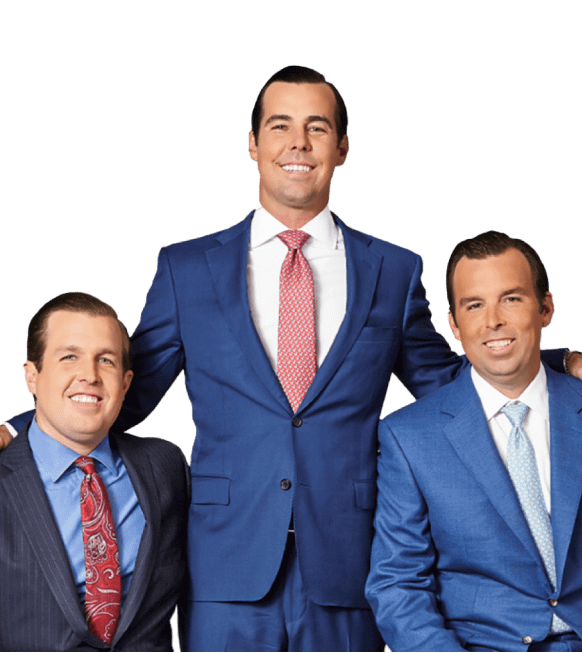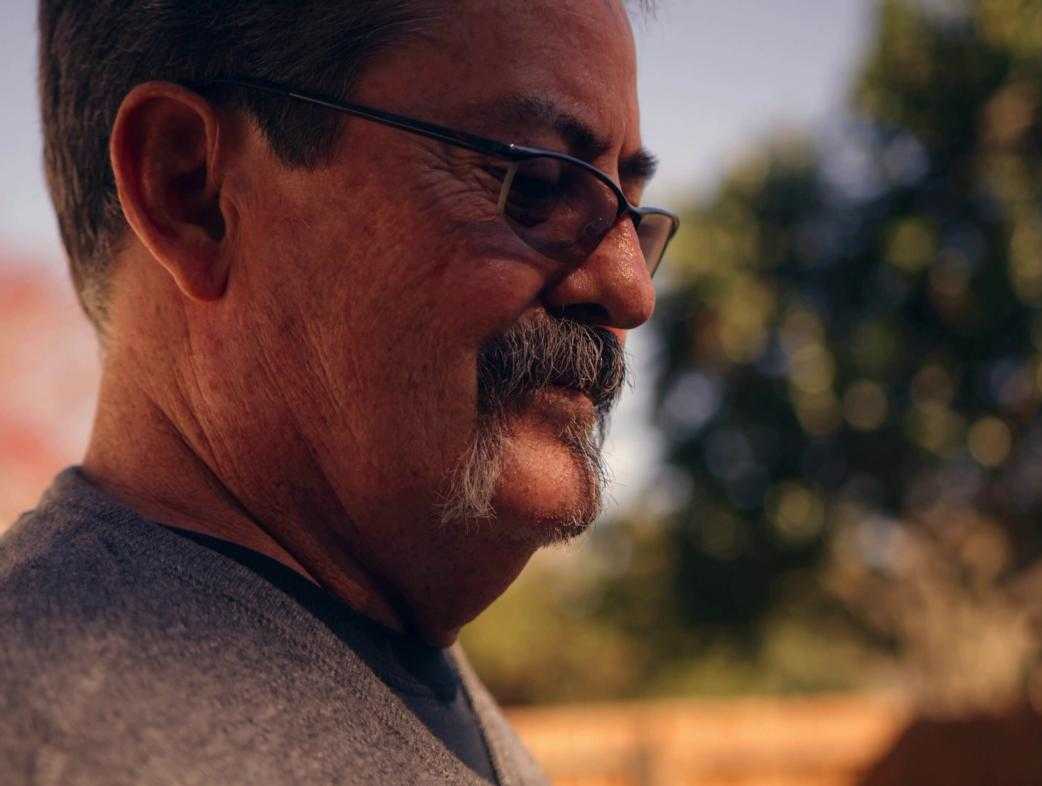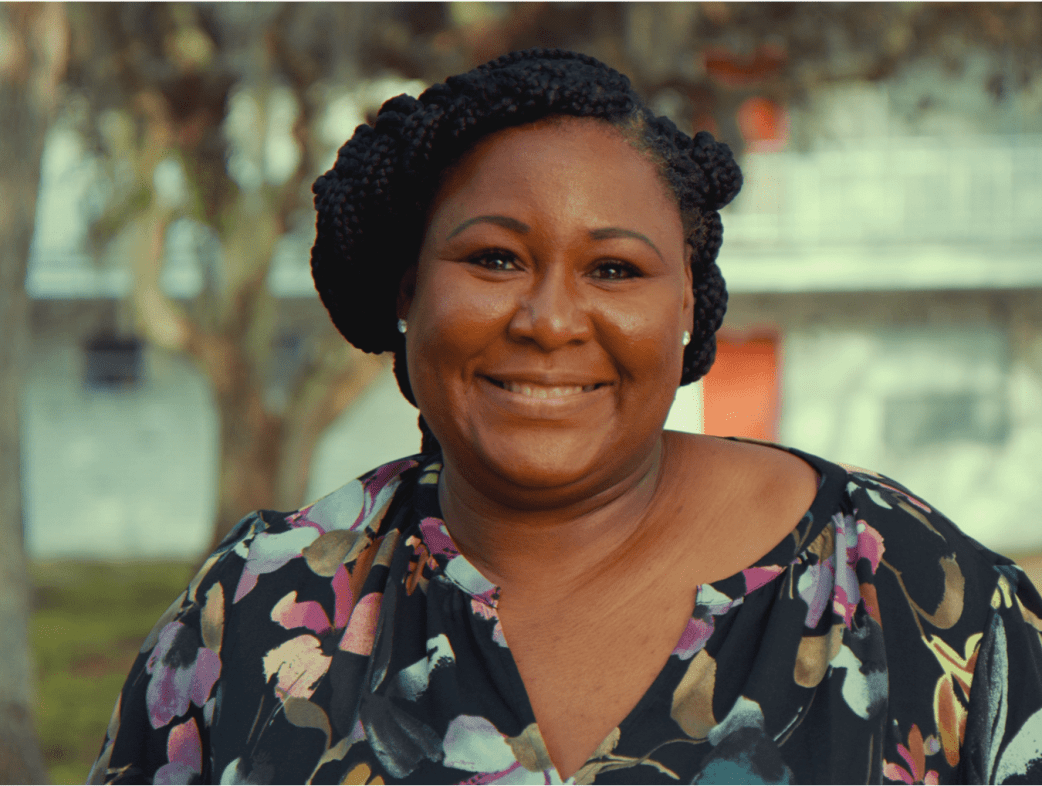Major Pileup Due to Weather
- The Fee Is Free Unless You Win®.
- America's Largest Injury Law Firm™
- Protecting Families Since 1988
- 25 Billion+ Won
- 1,000+ Lawyers Nationwide
Free Case Evaluation

The attorneys featured above are licensed in Florida. For a full list of attorneys in your state please visit our attorney page.
Major Pileup Due to Weather
On busy roadways where many vehicles are traveling in inclement weather, a crash can set off a chain reaction that quickly turns into a multiple-car collision. A major pileup due to weather is a relatively rare occurrence that requires the right mix of conditions and congestion. But when pileups do occur, they create a perfect storm of liability questions.
Determining the cause of an accident involving multiple vehicles is complicated enough. A large pileup that stretches for miles and involves dozens or hundreds of vehicles can take weeks or months to sort out. It may be the case that a single event and a single driver are the cause of the initial wreck and the ensuing pileup. More likely, multiple parties will share blame for the domino effect of collisions. However, insurance companies may dispute blame and try to deflect liability from their insureds.
Even if one person is found responsible for the entire accident, it’s unlikely they’ll have enough coverage to pay for everyone’s damages. Victims may need to turn to their own insurance coverage in the short term and let the insurance companies sort out liability.
Don’t let uncertainty about an accident’s chain of events prevent you from filing an insurance claim. File a claim promptly to ensure you’re near the top of the payout list. If you aren’t sure which policy to file your claim against, or have other questions about a multi-car pileup, Morgan & Morgan is available 24/7 for a free case review.
Examples of Multi-Car Pileups
Pileups usually happen on freeways and interstate highways as a result of snowy, icy, or foggy weather. Major pileups that have occurred in recent years bear these trends out.
- In February 2021, the worst pileup in Texas history took place on Interstate I-35 West near Fort Worth, Texas. The accident, which took place on icy roads during an unusually cold spell, spanned more than 1.5 miles and involved 133 vehicles.
- More than 100 vehicles collided on Interstate 80 in Wyoming in March 2020. The crashes happened in snowy, blustery weather that overturned tractor trailers and created black ice. About 30 people were taken to the emergency room.
- Near Williamsburg, Virginia along I-64, a 69-car pileup in 2019 was caused by icy conditions and severe fog. Fifty-one people were treated and transported to local hospitals. One bystander described the crash as an “apocalyptic moment.”
- The largest traffic crash in the history of Wisconsin occurred in February 2019 on Interstate 41. One person was killed and 71 were injured after a chain reaction crash during whiteout conditions and 50 mph winds.
- I-40 was the site of a series of wrecks that led to a 130 vehicle pileup in North Carolina. Wet roads from area thunderstorms were believed to play a role in the crash.
- Two separate pileups that occurred on I-75 and I-275 near Cincinnati, Ohio in 2013 resulted in dozens of injuries and one death. In both areas, a sudden snow burst occurred and caused whiteout conditions.
Weather Is Not an Excuse
Partly, pileup crashes are the result of bad luck. Major pileups due to weather are uncommon. You may simply be in the wrong place at the wrong time and come upon a quickly-unfolding disaster that’s beyond your control.
Weather may be the root cause of the pileup. But unfortunately, bad weather is almost never an excuse for a car crash. Drivers have a legal duty to operate their vehicles in a safe manner. This includes, among other things, maintaining speeds and following distances that are appropriate for the conditions. Amid icy, snowy, foggy, and windy conditions, speeds should be lowered and driving distances increased. Failure to do so could result in accident liability, whether two cars crash or two-hundred cars crash.
A Wisconsin State Trooper who responded to the state’s 131-car pileup explained how bad weather on a busy road can quickly give rise to a catastrophic traffic event. “The vehicles coming up behind them can't stop fast enough because they're following too close or going too fast for the conditions, and then they start just piling into one another," he said.
Liability and Insurance Questions
Again, although weather may be a contributing factor to a vehicle pileup, each driver is generally responsible for their own actions. That means if somebody rear-ended you, they would be the most obvious party to file an insurance claim against.
Comparative Fault
The other driver may argue that you were also going too fast for the conditions, or that you stopped suddenly, which caused, or contributed to, the accident. In states that use comparative negligence laws, the other driver might have a case. Such states allow drivers to share blame for an accident and recover compensation even if they’re partially responsible.
Possible, But Unlikely, That a Single Party is At-Fault
Multi-car pileups are, for the most part, treated as a series of smaller accidents between individual vehicles. There may be exceptions in cases where one driver committed an egregious action, such as driving drunk.
Fault could also lie with the agency or company responsible for road upkeep. For example, in the Fort Worth pileup, investigators looked into the treatment of the road for ice as a possible crash factor.
Assuming that one party is at fault, the liability issue does not get any less complicated. The typical driver only carries tens of thousands and, at most, hundreds of thousands of dollars, in liability coverage. When multiple parties seek compensation from the at-fault driver, it doesn’t take long to exhaust policy limits. In this scenario, claimants would likely be awarded on a first-come, first-served basis. You could still receive compensation if you are one of the first people to file a claim. But once a driver’s liability coverage is exhausted, you’ll need to look at other options, such as an umbrella policy or filing a lawsuit.
Using Your Own Insurance
Multi-car pileup liability might be easier to navigate in states that have no-fault auto insurance laws. Twelve states—Florida, Minnesota, Hawaii, New Jersey, Kansas, New York, Kentucky, North Dakota, Massachusetts, Pennsylvania, Michigan, and Utah—use no-fault insurance. Still, more serious injuries often exceed no-fault coverage limits and require additional claims.
If you have collision coverage, you can also file a vehicle damage claim with your insurer. Your insurance company would then seek reimbursement (possibly including the deductible you pay) from the at-fault driver’s insurance.
Collision coverage does not cover bodily injury. However, if you have medical payments coverage, this can be tapped to cover injuries to you and/or your passengers. You may also be able to use your health insurance to cover car accident injuries. Just keep in mind that the health insurance company may seek reimbursement for those medical bills if you later receive an insurance settlement.
How it works
It's easy to get started.
The Fee Is Free®. Only pay if we win.
Results may vary depending on your particular facts and legal circumstances.
Step 1
Submit
your claimWith a free case evaluation, submitting your case is easy with Morgan & Morgan.
Step 2
We take
actionOur dedicated team gets to work investigating your claim.
Step 3
We fight
for youIf we take on the case, our team fights to get you the results you deserve.
In Their Words
Real clients share their experience.
Based on select nationwide reviews.
Get answers to commonly asked questions about our legal services and learn how we may assist you with your case.
Get Help From America’s Leading Injury Firm
The uncertainty surrounding liability for a multi-car pileup could last months or years. You can’t afford to wait that long to get your medical and vehicle repair bills paid. Even though your insurance policies may provide a short-term solution, what happens if you can’t work because of your injuries? You need solutions and you need them now.
Over the last 30+ years, Morgan & Morgan has handled thousands and thousands of car accident cases. Let us untangle the web of liability while you focus on getting better and getting back to your life. As the nation’s largest personal injury law firm, we have the resources, experience, and skill to take on the most complex accident cases. Hiring us costs nothing upfront, and you pay nothing unless we recover money for you. Contact us today by filling out our free, no-obligation form.


